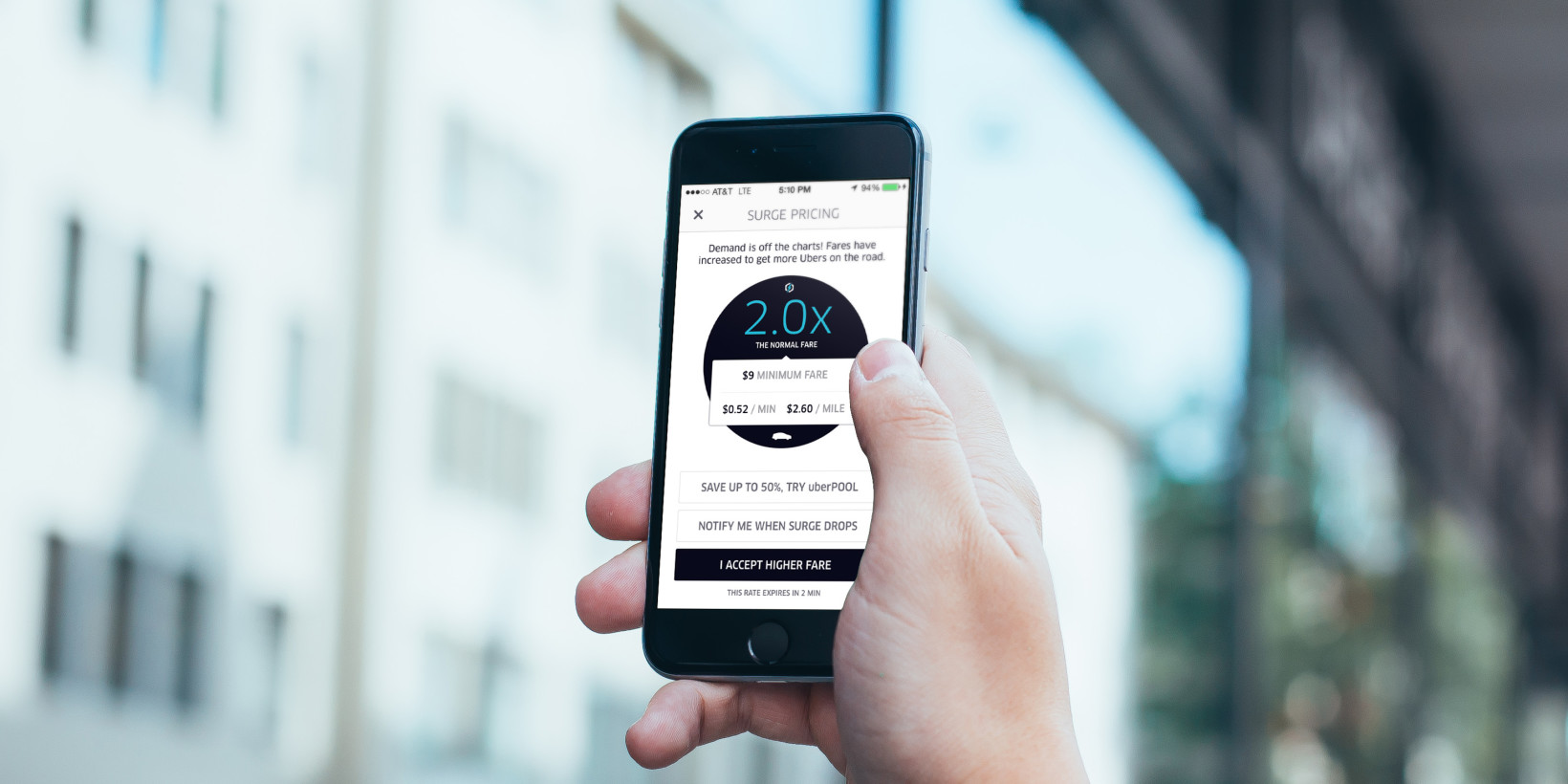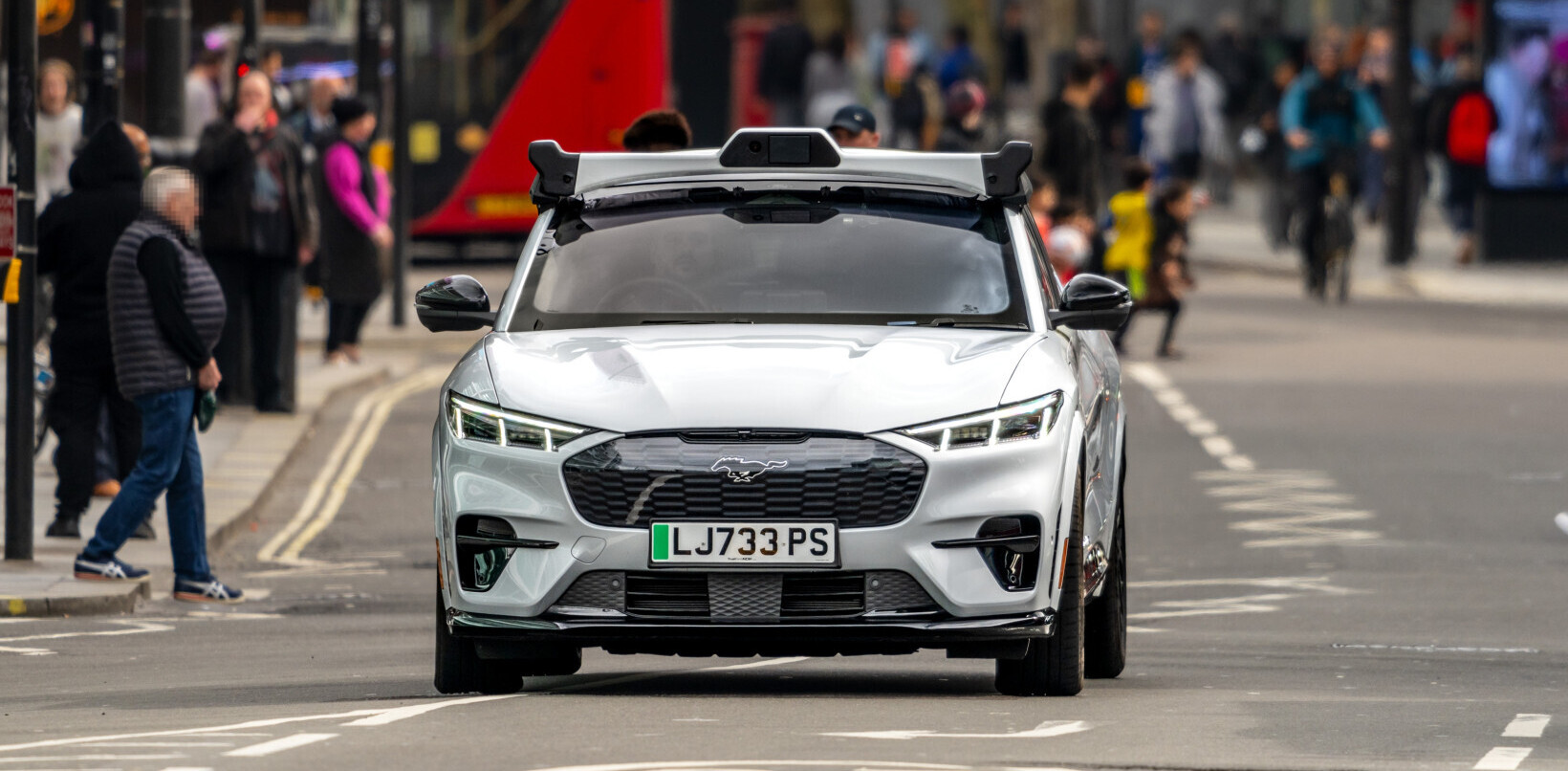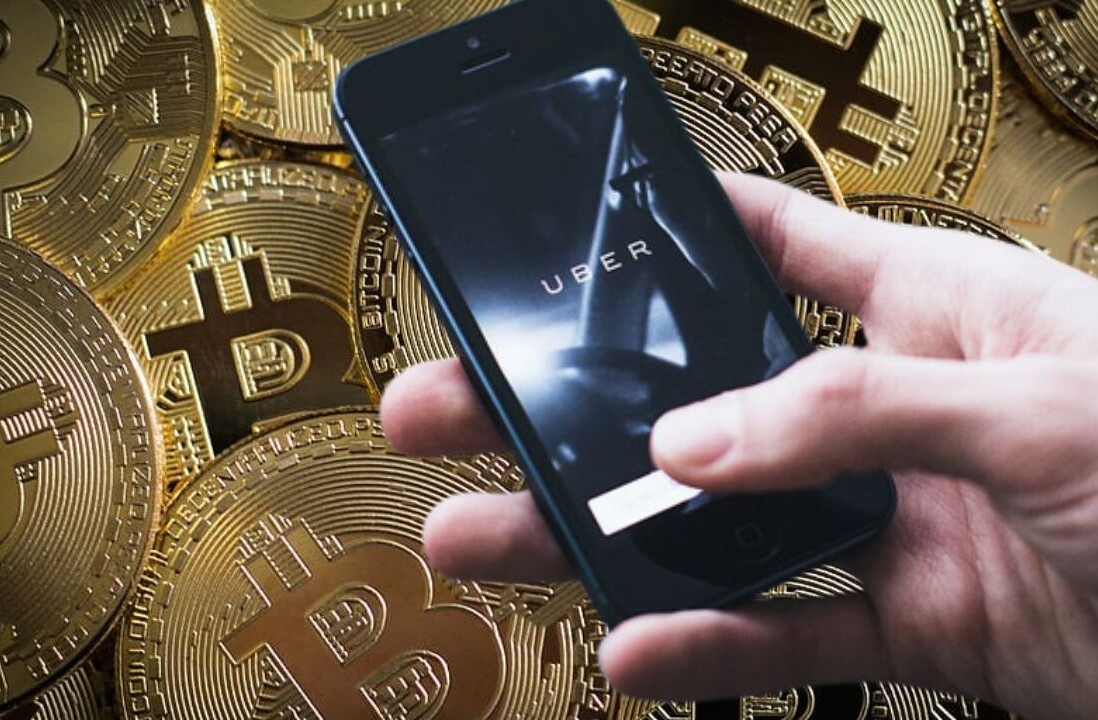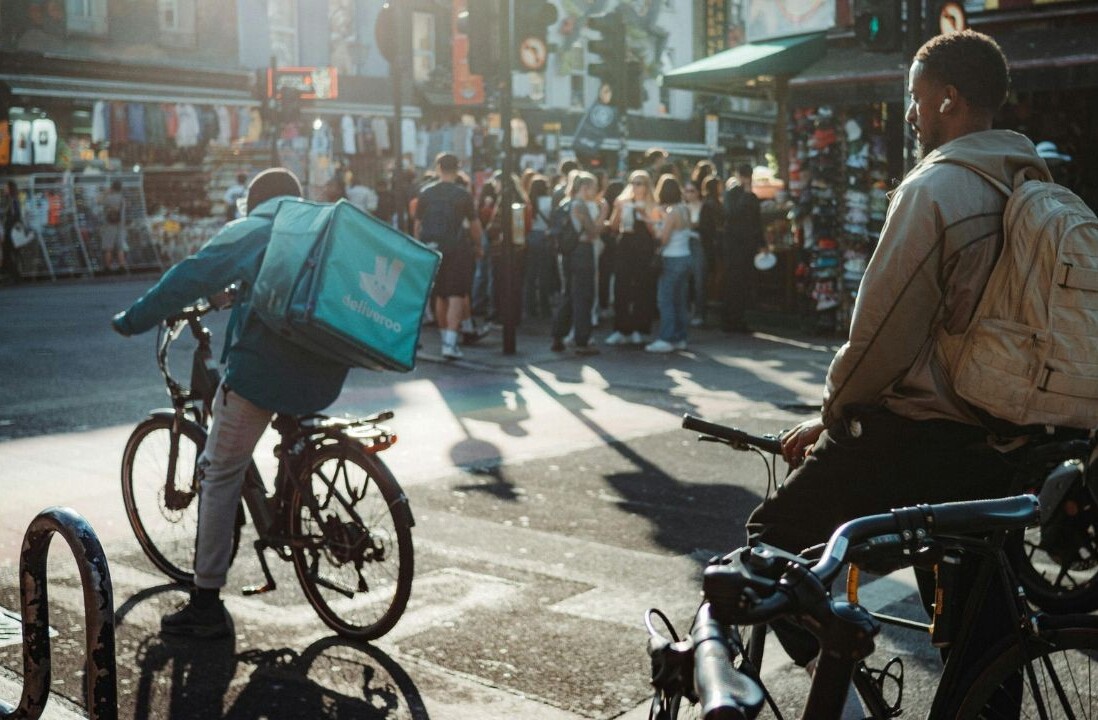
We all give apps quite a bit of information about ourselves and our phones when we download them.
One of the things you may not realize is that Uber can tell when your phone battery is about to die. In an episode of NPR’s The Hidden Brain, Uber’s head of economic research Keith Chen says when you hit accept to download, you give Uber the permission to know this in order to tell when to switch to low-power mode.
While that’s interesting, what’s even more revealing is how much people are willing to pay surge pricing depending on their phone’s battery level. Chen says users will pay up to 9.9 times in surge if their battery is critical just so they’re not stranded wherever they are (of course, assuming that your driver doesn’t cancel on you after your phone’s dead.)
Customers with a fully-charged phone can afford to wait for surge pricing to drop. Uber typically pings you in the next 30 minutes if surging goes down.

It makes sense, particularly if you’re rolling without your wallet. As we transition into a generation of mobile wallet users, when our phone’s dead, we’re basically stuck without cash or credit.
What’s also interesting is that Uber also found users are more willing to accept a 2.1x surge than 2.0x. Chen says when users see a round number like 2.0, they assume that perhaps Uber is putting on surge mode if it’s sprinkling out. But if they see a 2.1x surge, they might think it’s due to an algorithmic reasoning (current supply and demand volume, for example) that makes the 2.1 number reasonable and worth that extra money.
Chen promises that Uber does not use this information to pry you to pay surge, which sounds like a relief if that’s to be believed. Or to avoid the situation altogether, just start carrying your physical wallet or an external battery around.
Get the TNW newsletter
Get the most important tech news in your inbox each week.





